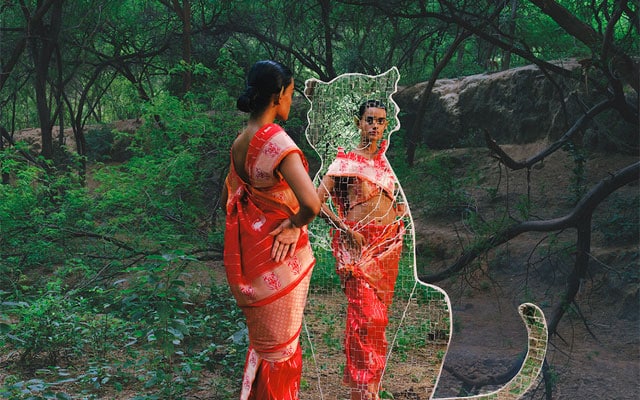Shanti Banaras In Search of a Tiger Utopia
Shanti Banaras In Search of a Tiger Utopia

In the early 1970s, tigers were on the verge of extinction. A wild population estimated in the tens of thousands at the time of independence in 1947 had shrunk to around 1,800. As of today, the tiger conservation figures, data, and ultimately the story behind it have changed. There are nearly 3,000 tigers in the wild in India, which is home to 70 percent of the world’s wild tiger population. The number of tigers in India has increased over the years, but so have human-tiger conflicts. Shanti Banaras’s latest campaign ‘RoaR’ sheds light on this uncharted tiger story. It transports you into the rich world of tigers while instilling a hope to inspire its conservation efforts in India.
Our campaign aims to unravel the many lesser-known intricacies of this story while drawing attention to the alarming reality that India’s conservationists grapple with – where do you house a thriving population of an animal that drives an entire ecosystem if their homes are usurped in the name of development for a growing population of human beings that needs homes and infrastructure support?

It presents a new chapter that has opened up in the battle to save the tiger. An astonishing tale of man and beast hunting down each other unfolds in this series, as habitats shrink but tiger numbers start to rise for the first time in a century. And it’s this battle for turf that could leave both sides bleeding. Habitat loss has forced tigers closer to human habitation where they are at risk of being hunted and these conflicts will continue to rise unless the destruction and loss of forests is halted.
The collection uses handwoven Benarasi weaves in pure silk, elevated by the craft of Badia. This traditional textile craft uses slabs of metal that are melted and pierced through steel sheets before being drawn into fine wires. The resultant badia wire is then used in intricate zardosi work making every piece a piece of art. This technique is typically used in Rajasthan, but in ‘RoaR’, Shanti Banaras borrows this technique for Banarasi weaves to bring a Tiger’s fierce grace to vibrant sarees and lehengas. The collection explodes in rich purples, blues, and oranges with the shimmer of silvery badia work.

Khushi Shah of Shanti Banars says, “We wanted to shine light on the plight of tigers who are being forced to live as community animals despite their predisposition to being solitary. The photographs are set against illuminative installations in the wilderness that tell the tragic story of our national animals brought back from the brink of extinction to face an existential threat that echoes the struggles of their forest-dwelling human neighbours.”

Across forms, these geometric installations tell stories of tiger conservation changing India, overpopulated tigers in shrinking spaces, the human urge to push against their boundaries further in the quest for development, stealing homes from tigers to make our own, and our sense of co-existence and self-reflection.
Shanti’s campaign serves as a reminder that our origins are of the earth. And we all have a deeply seated response to the natural universe, including the tiger, which is part of our humanity.

Vyāsa’s verse in Mahābhārata, sums this well. It reads:
nirvanō vadhyatē vyāghrō nirvyāghraṁ chidyatē vanam tasmādvyāghrō vanaṁ rakṣēdvanaṁ vyāghraṁ ca pālayēt.
Which translates to…
Do not cut down that forest with its tigers! Let not the tigers be driven from that forest! There can be no forest without tigers, and no tigers without a forest. The forest shelters the tigers and tigers guard the forest!
Read all the Latest News, Trending News, Cricket News, Bollywood News,
India News and Entertainment News here. Follow us on Facebook, Twitter and Instagram.
What's Your Reaction?



























































